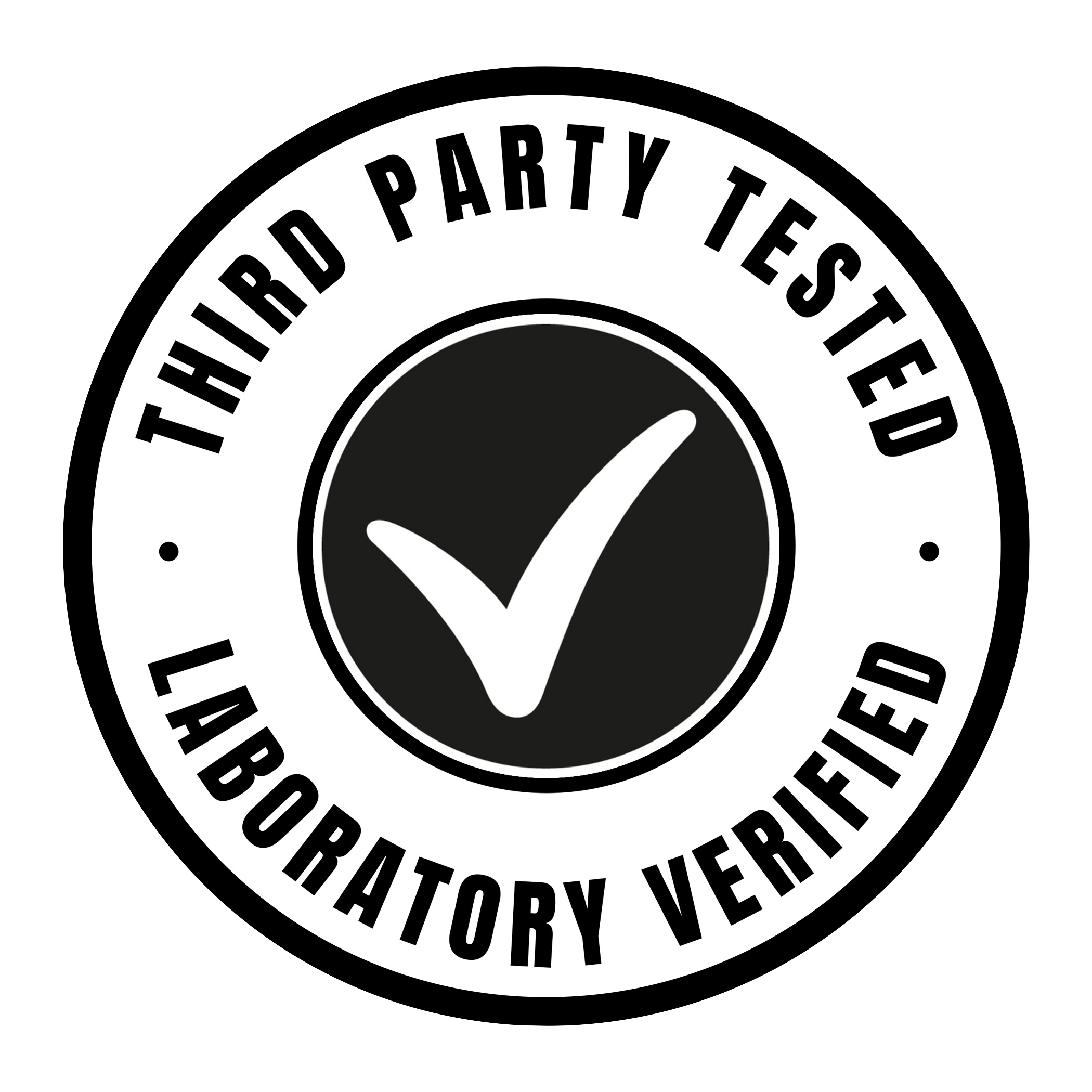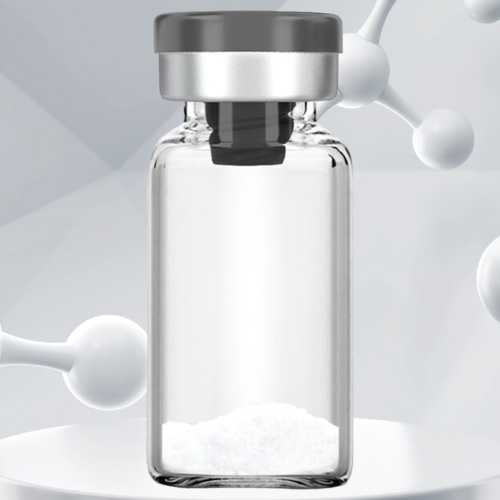Other stuff
What is Lyophilized Peptide Powder?
Lyophilized or freeze-dried peptide powder refers to the solid state that peptides are often supplied in by manufacturers and vendors. The lyophilization process involves freezing the peptide solution and then subjecting it to a vacuum that removes the ice by sublimation, leaving behind just the dried peptide solids. The key points about lyophilized peptide powder are:
Stability
Peptides are most stable when in their lyophilized powder form compared to being in solution. The dry powder prevents degradation from hydrolysis, oxidation, and microbial growth that can occur in liquid formulations.
Storage
Lyophilized peptides can be stored long-term (years) at freezer temperatures like -20°C or -80°C with minimal degradation. Room temperature storage is possible for shorter periods.
Reconstitution
The lyophilized powder must be reconstituted by dissolving it in a suitable solvent (e.g. bacteriostatic water) prior to use. Care must be taken to avoid moisture exposure until reconstitution.
Hygroscopicity
Many peptides are hygroscopic, meaning the dry powder can readily absorb moisture from the air. This can lead to degradation and handling issues, so minimizing air exposure is important. By providing peptides in their most stable lyophilized powder form, manufacturers enable longer shelf life and allow customers to properly store and reconstitute the peptide when needed for their experiments or applications. Careful handling of the hygroscopic lyophilized powder is required to maintain the peptide’s integrity until use.
In summary, lyophilized powder is the preferred solid form for supplying and storing peptides to ensure their stability, purity and bioactivity are preserved until the researcher is ready to reconstitute the peptide for use.


